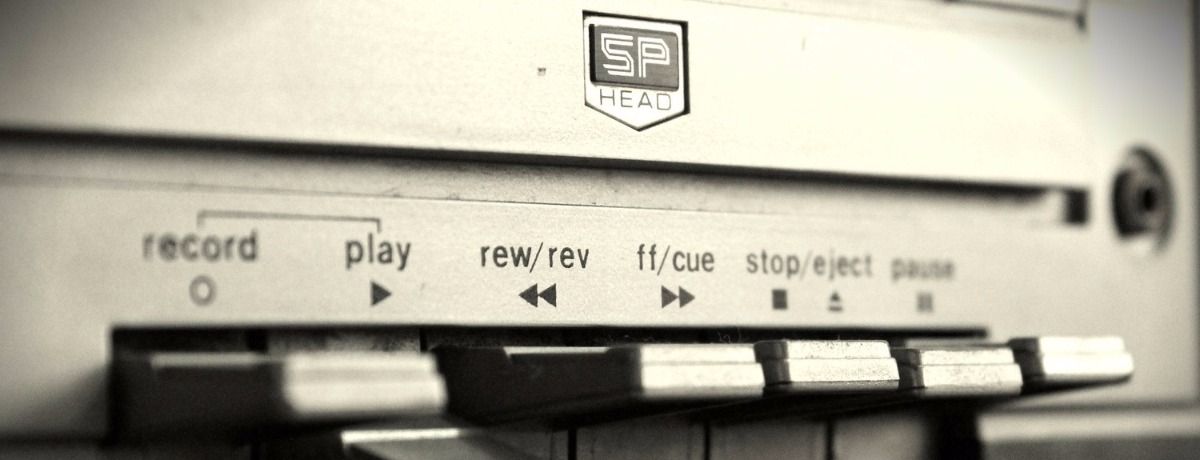The answer to this question lies in the Telecommunications (Interception and Access) Act 1979 (Cth) (the TIA), where:
• Section 7(1) makes it a Commonwealth criminal offence to intercept, authorise an interception or enable an interception of a communication passing over a telecommunication system;
• Section 5F provides that a communication is taken to be passing over the telecommunications system until it becomes accessible to the intended recipient of the communication; and
• Section 5H provides that a communication is accessible to its intended recipient if it has been received by the telecommunications services provided to the intended recipient.
The issue of recording telephone calls was recently considered in Furnari v Ziegert [2016] FCA 1080 in the Federal Court of Australia (the Court) by Murphy J.
The case involved an interlocutory application for an injunction for the removal of a clip uploaded to YouTube by the respondents. It was alleged that the respondents had recorded a heated telephone call between the parties over the sale of a dog without the applicant’s knowledge, in breach of section 7(1) of the TIA.
Importantly, the respondents did not appear and the applicant presented no evidence as to how the respondents recorded the telephone call. The applicant asked the Court to infer the telephone call was ‘intercepted’.
Murphy J was not prepared to infer that there was an interception within the meaning of the TIA in the absence of evidence, and the application was not successful.
In coming to this conclusion, Murphy J made some useful observations about the issues that arise when recording telephone calls. In particular:
• There are many technical possibilities about how a recording could be made, including holding another recording device up to the phone, plugging in a recording device into the phone, using a recording device built into the phone or using a recording app on the phone.
• How the recording is made is critical to establishing a case of ‘interception’ of a telephone call under the TIA.
• A telephone call that is recorded must be ‘in its passage’ over the telecommunications system to fall within the relevant sections of the TIA.
• A telephone call that has reached its intended recipient is ‘accessible’ to that person, and is no longer ‘in its passage’ through the system.
• The intended protection of the TIA is against a third party invading the privacy of a communication between a caller and the intended recipient of the telephone call.
It remains to be seen how a case involving the TIA will play out if there is evidence that a recording app was used to make a recording. In future cases, this will likely be a matter for expert evidence, and will require an investigation into the mechanics of how the particular app works in order to determine whether they record communications from the other party to the call before, during, or after they have ‘passed through’ the telecommunications system.
With people increasingly using apps to record and keep communications, it is easy to see how this issue will become more prominent in the future. For example, the apps TapeACall (available for iPhone and Android) and Automatic Call Recorder (available for Android, and already downloaded by over 50 million people worldwide) are just two of many apps available that allow users to record incoming and outgoing calls on their smartphones, and share or publish the recordings.
The TIA does not cover the field when it comes to protections for recording communications and we have previously written about the State laws covering surveillance devices in our article: Keeping up with the Kardashians when recording and publishing private matters.
We will be monitoring (and, potentially, recording) any further developments on this issue, so watch this space.
For more information, follow the source link below.


















